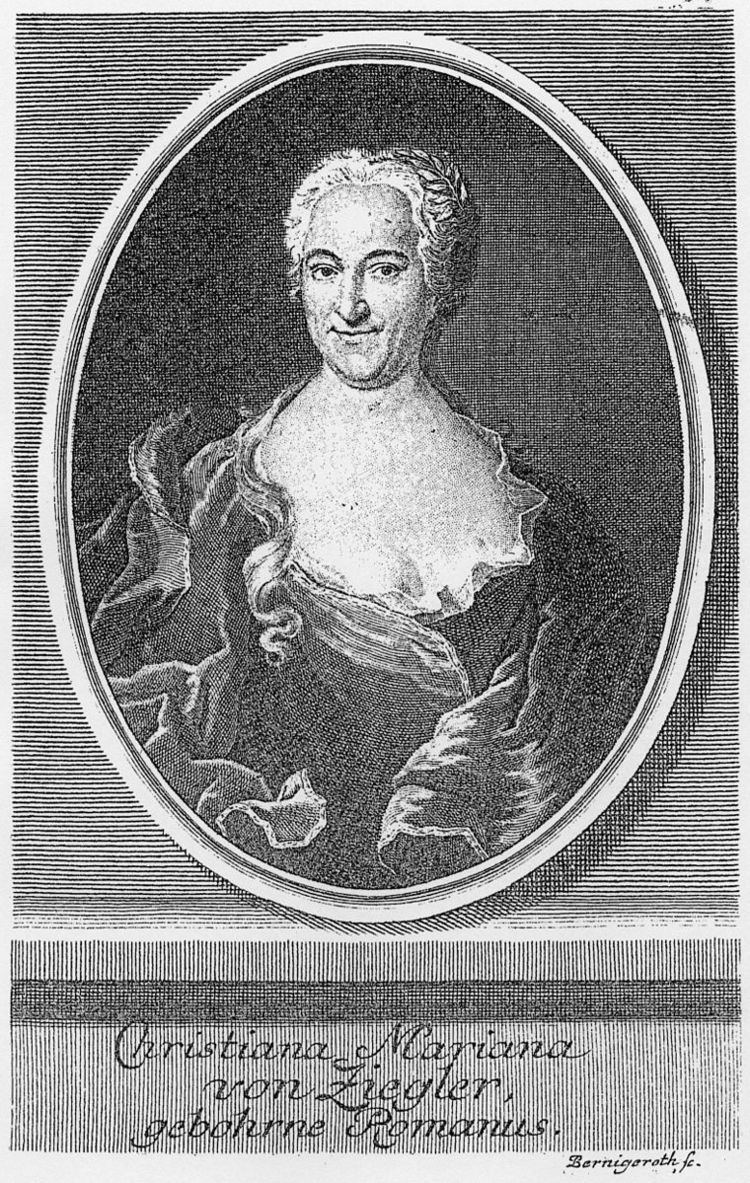Bible text John 10:3,6 | Movements 7 Chorale by Johann Rist | |
 | ||
Cantata text | ||
Er rufet seinen Schafen mit Namen (He calls His sheep by name), BWV 175, is a church cantata by Johann Sebastian Bach. He composed the cantata in Leipzig for the third day of Pentecost and first performed it on 22 May 1725.
Contents
History and words
Bach wrote the cantata in his second year in Leipzig for Pentecost Tuesday. In this second year Bach had composed chorale cantatas between the first Sunday after Trinity and Palm Sunday, but for Easter returned to cantatas on more varied texts, possibly because he lost his librettist. Nine of his cantatas for the period between Easter and Pentecost are based on texts of Christiana Mariana von Ziegler. Bach later assigned most of them, including this cantata, to his third annual cycle.
The prescribed readings for the feast day were from the Acts of the Apostles, the Holy Spirit in Samaria (Acts 8:14–17), and from the Gospel of John, the Good Shepherd (John 10:1–10). The cantata is thematically divided in two parts, movements 1 to 4 and movements 5 to 7, but performed consecutively. Both begin with a quotation from the gospel. The first part deals with Jesus as the Good Shepherd and the sheep who hear his voice. The second part deals with those who don't hear this voice. The poet uses the term "verblendete Vernunft" (deluded reason), possibly addressing the attitude of the intellectual movement "Aufklärung" (Age of Enlightenment). The cantata is closed with the ninth stanza of Johann Rist's hymn "O Gottes Geist, mein Trost und Ruh".
Bach first performed the cantata on 22 May 1725.
Scoring and structure
The cantata in seven movements is distinctively scored for three vocal soloists (alto, tenor and bass), a four-part choir only in the closing chorale, two trumpets, three recorders, two violins, viola, violoncello piccolo and basso continuo. The recorders give a pastorale character to the first part about the Good Shepherd.
- Recitative (tenor): Er rufet seinen Schafen mit Namen
- Aria (alto): Komm, leite mich
- Recitative (tenor): Wo find ich dich?
- Aria (tenor): Es dünket mich, ich seh dich kommen
- Recitative (alto, bass): Sie vernahmen aber nicht
- Aria (bass): Öffnet euch, ihr beiden Ohren
- Chorale: Nun, werter Geist, ich folg dir
Music
The first quotation from the Bible is sung by the tenor, like an Evangelist. This recitative, saying "Er rufet seinen Schafen mit Namen und führet sie hinaus" (He calls His sheep by name and leads them out), is accompanied by three recorders, providing a pastorale approach. The recorders also colour the first aria in 12/8 time. The second aria is accompanied by an obbligato violoncello piccolo. Bach took the music from the secular cantata Durchlauchtster Leopold, BWV 173a, although the meter of Ziegler's poetry does not fit, as if Bach had not communicated the idea of the parody with the poet.
The following short recitative asks in a dissonant and dramatic way, like a lost sheep for its shepherd: "Wo find ich dich? Ach, wo bist du verborgen?" (Where can I find you? Ah, where are you hidden?). To show the relief of his expected arrival, Bach transposes movement 7 from his congratulatory cantata, an extended da capo bourrée with obbligato cello and bassoon, up a minor third for a five-string violoncello piccolo.
The central recitative, movement 5, is the first movement of the cantata accompanied by the strings. It begins with the quotation from the gospel "Sie vernahmen aber nicht, was es war, das er zu ihnen gesaget hatte" (But they did not grasp what it was, that He had said to them), sung by the alto as the Evangelist, and leads to an arioso on the final warning not to overhear the words of Jesus, which "may be to your well-being" (zu deinem Heil geschicht). This warning is enforced by two trumpets in the bass aria which reminds of the death of Jesus: "Jesus hat euch zugeschworen, daß er Teufel, Tod erlegt" (Jesus has sworn to you that He has laid low devil, death). The trumpets are silent in the middle section, dealing with the gifts of Jesus, "grace, sufficiency, abundant life" (Gnade, Gnüge, volles Leben). The aria may also be a parody, but the model is not known.
The chorale is repeated from the cantata for Pentecost, Wer mich liebet, der wird mein Wort halten, BWV 59. The melody of the hymn for Pentecost "Komm, Heiliger Geist, Herre Gott" is set for four parts and three independent recorder parts, instead of strings in the earlier version, thus returning to the scoring of the beginning of the cantata.
